The Sóc Sơn Waste-to-Energy Plant has a total investment of 7 trillion VND, helping to solve 75% of the waste generated by Hanoi. Surrounding the plant is designed as a park for the community to exercise.
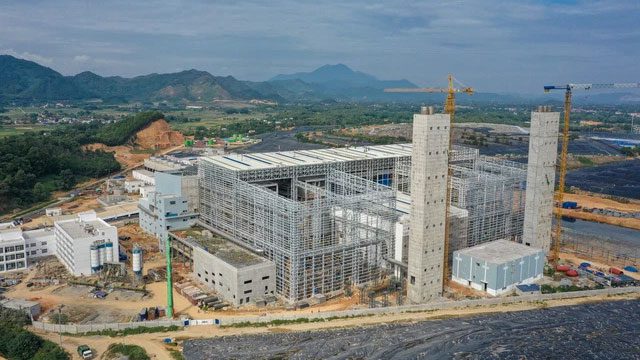
The Sóc Sơn Waste-to-Energy Plant was approved by the Hanoi People’s Committee in 2017, with a total investment of approximately 7 trillion VND. The plant is situated within the Sóc Sơn Solid Waste Treatment Complex and, when completed, will process all the waste currently being landfilled here daily.
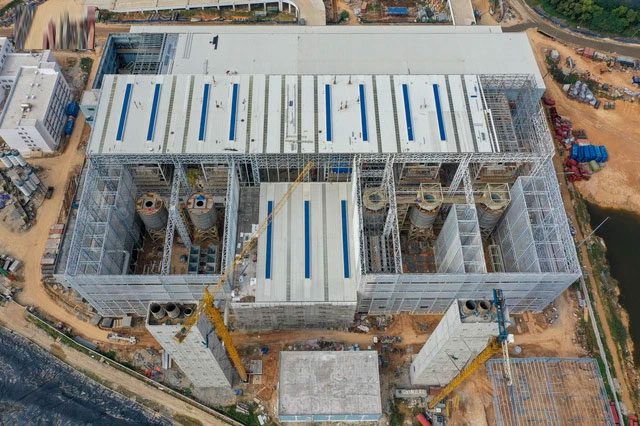
The plant is introduced as “using European waste incineration technology.” Each hour, the plant generates 75 MW of electricity, which, while not high compared to thermal power plants, can help Hanoi manage 4,000 tons of dry waste, equivalent to 5,000 – 5,500 tons of wet waste daily.
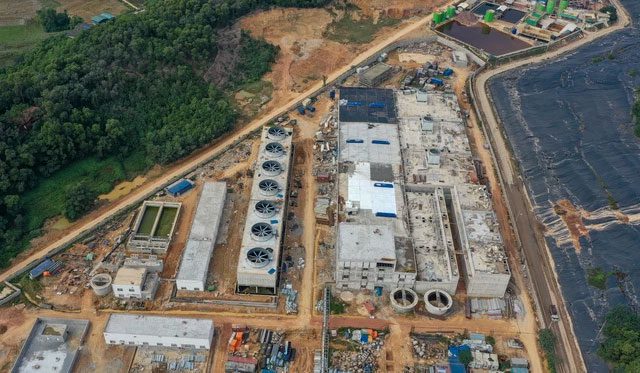
Once operational, this will be the second largest waste-to-energy plant in the world, only after the Shenzhen Waste-to-Energy Plant (which has a capacity to incinerate 5,000 tons of dry waste daily).
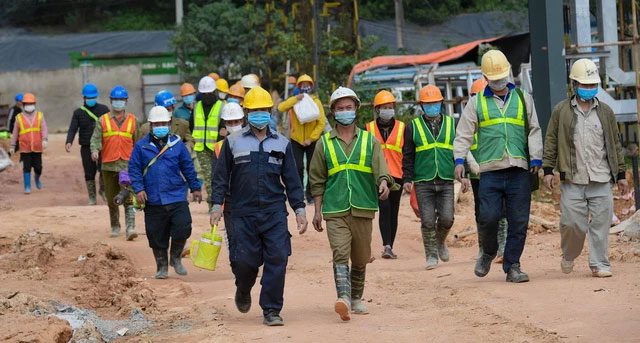
Ms. Nguyễn Thị Hồng Vân, CEO of Thiên Ý Company (the unit responsible for the project), stated that the project is currently five months behind schedule compared to the contract signed with the Hanoi People’s Committee. The reason is the Covid-19 pandemic, which has prevented Chinese experts from coming to Vietnam. The number of workers has significantly decreased. Previously, there were normally 1,000 workers, but now only 400 are left, and during the social distancing period, there were days with just over 100 workers.
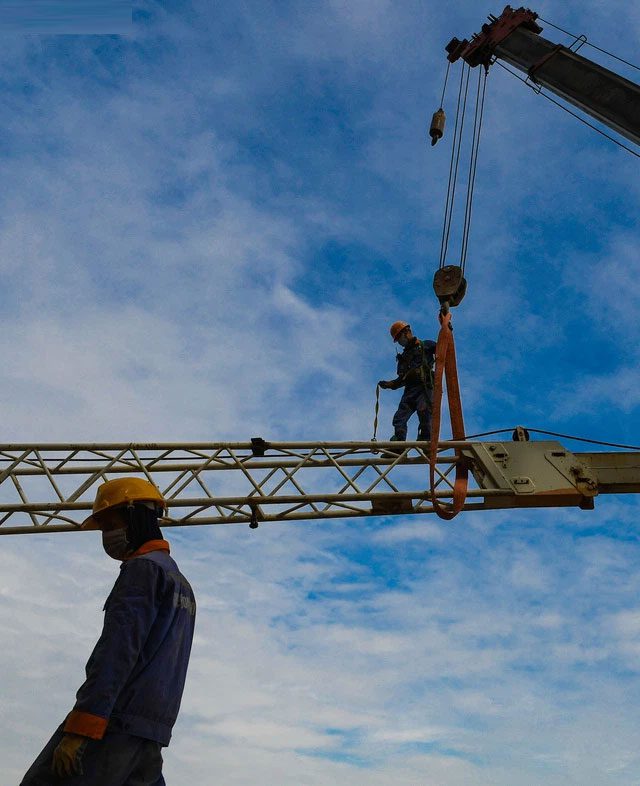
Construction is currently 95% complete, and equipment installation is 85% finished. The plant is expected to operate in its first phase in January 2022 and reach full capacity by the end of March 2022.
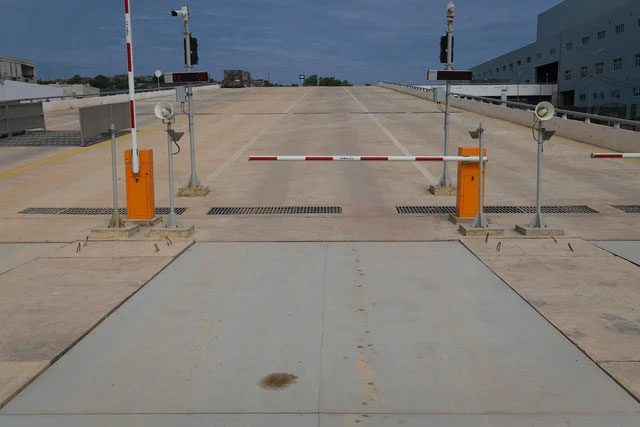
The plant is designed so that each truck takes only 3 minutes to dump waste and exit. First, the truck will pass through a weighing station to determine its load. Then, it will proceed to the overpass leading into the plant.
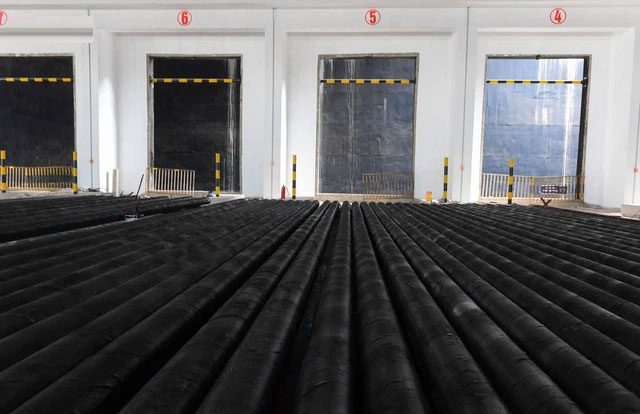
The plant has 14 waste dumping doors designed for different types of trucks. When a truck approaches, the waste dumping door will automatically open.
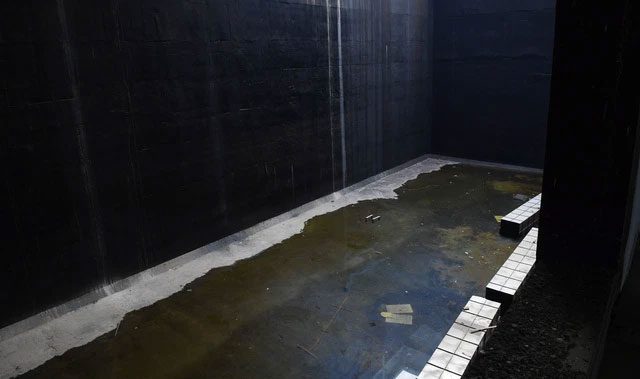
Waste is temporarily stored in a massive tank. It will be mixed and lifted into the incinerator by heavy-duty cranes.
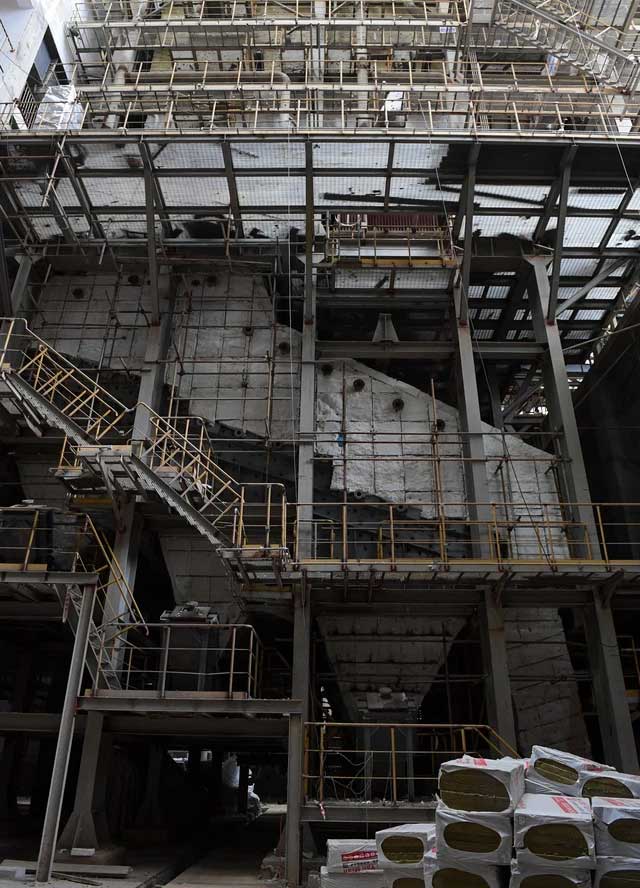
“The heart” of the Sóc Sơn Waste-to-Energy Plant is the three-level incineration chamber. The first level is for drying and heating the waste to combustion temperature. The second level is the main incineration level, and the third level is for burning waste until only slag and ash remain.
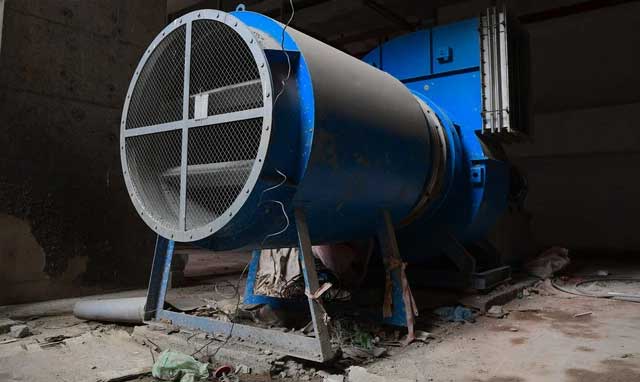
Burned waste will generate hot air to run the turbines of the generators. The plant will use about 20 MW, with approximately 50 MW fed into the national grid.
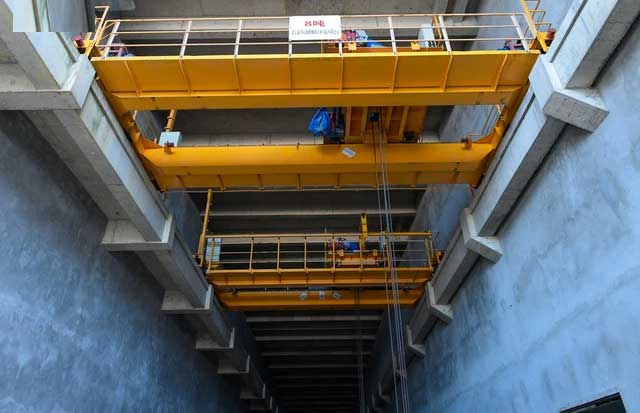
Ash accounts for about 12% of the waste volume and will be disposed of behind the incinerator. Here, heavy-duty cranes on rails will lift it for use as construction material.
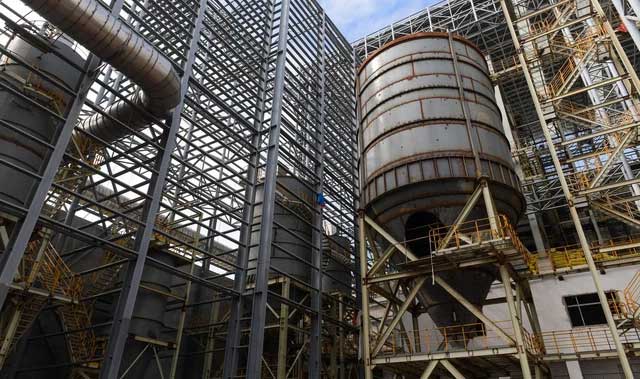
The most expensive part of the plant is the emissions treatment area. The soot (which accounts for about 3% of the total volume) will be collected and disposed of. Treated emissions will be released through two chimneys standing 85 meters tall.
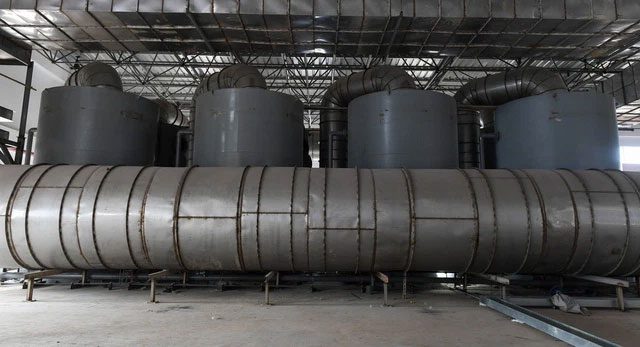
The plant has a deodorization system right at the entrance to maintain a clean atmosphere next to the “mountain of waste.”
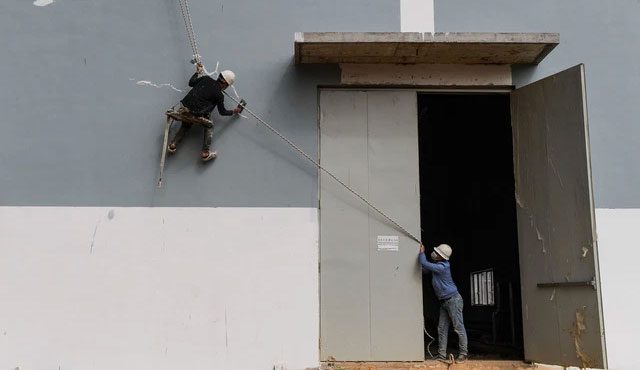
Once operational, the Sóc Sơn Waste-to-Energy Plant will welcome visitors. The landscape outside the plant is designed like a park for residents to exercise. Inside, there is an area dedicated to sharing experiences on environmental protection.
An overview of the 7 trillion VND Sóc Sơn Waste-to-Energy Plant set to go into operation.



















































